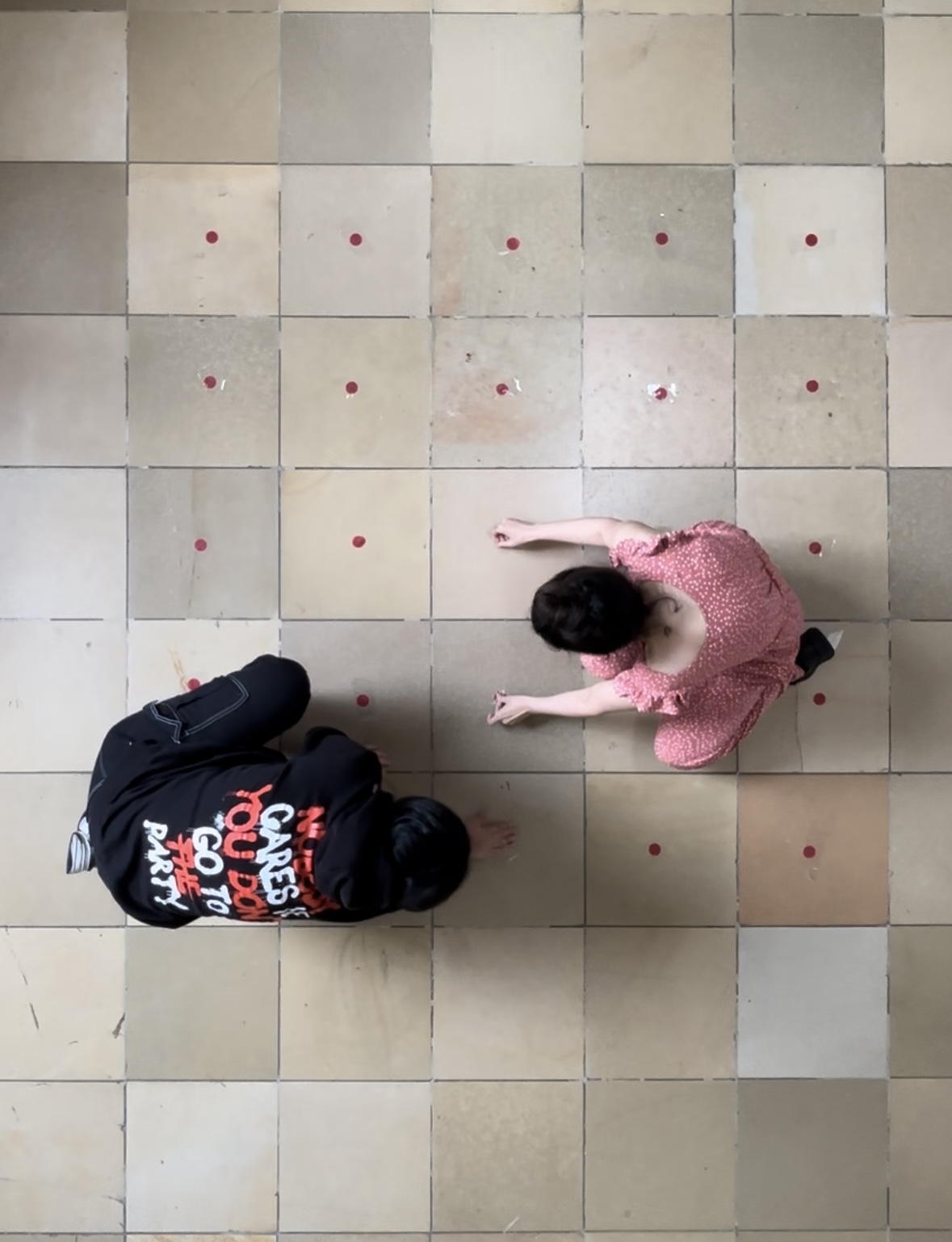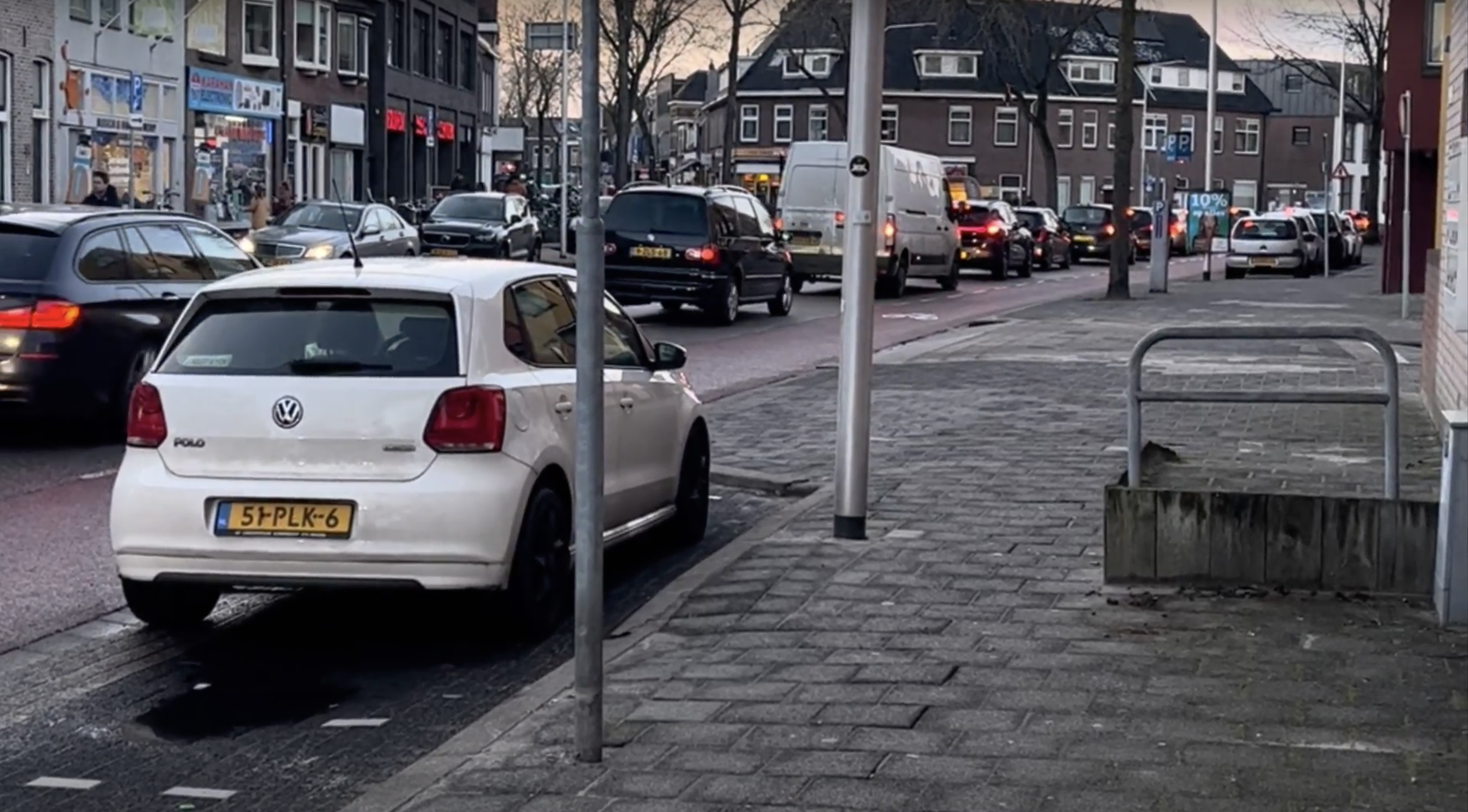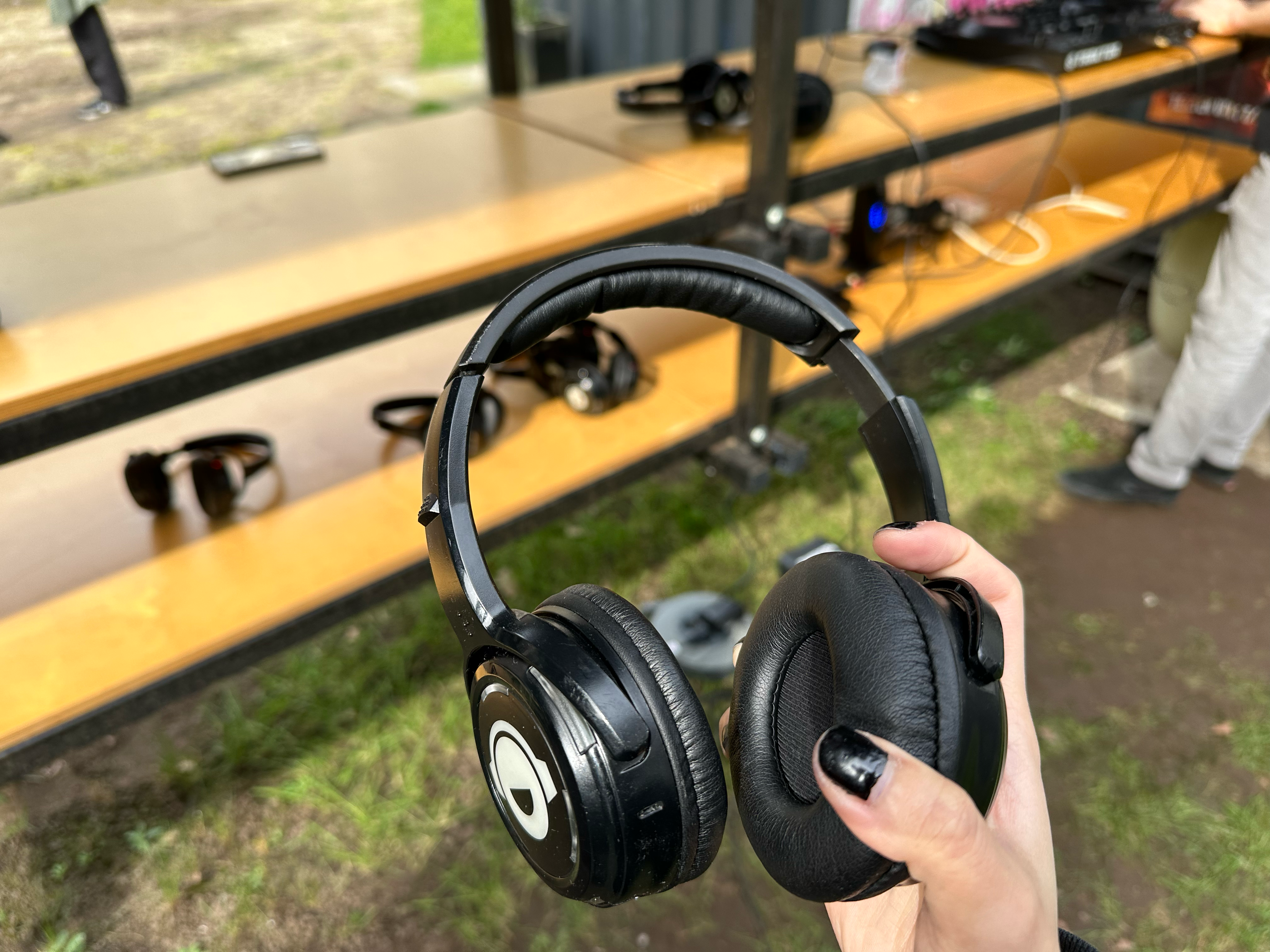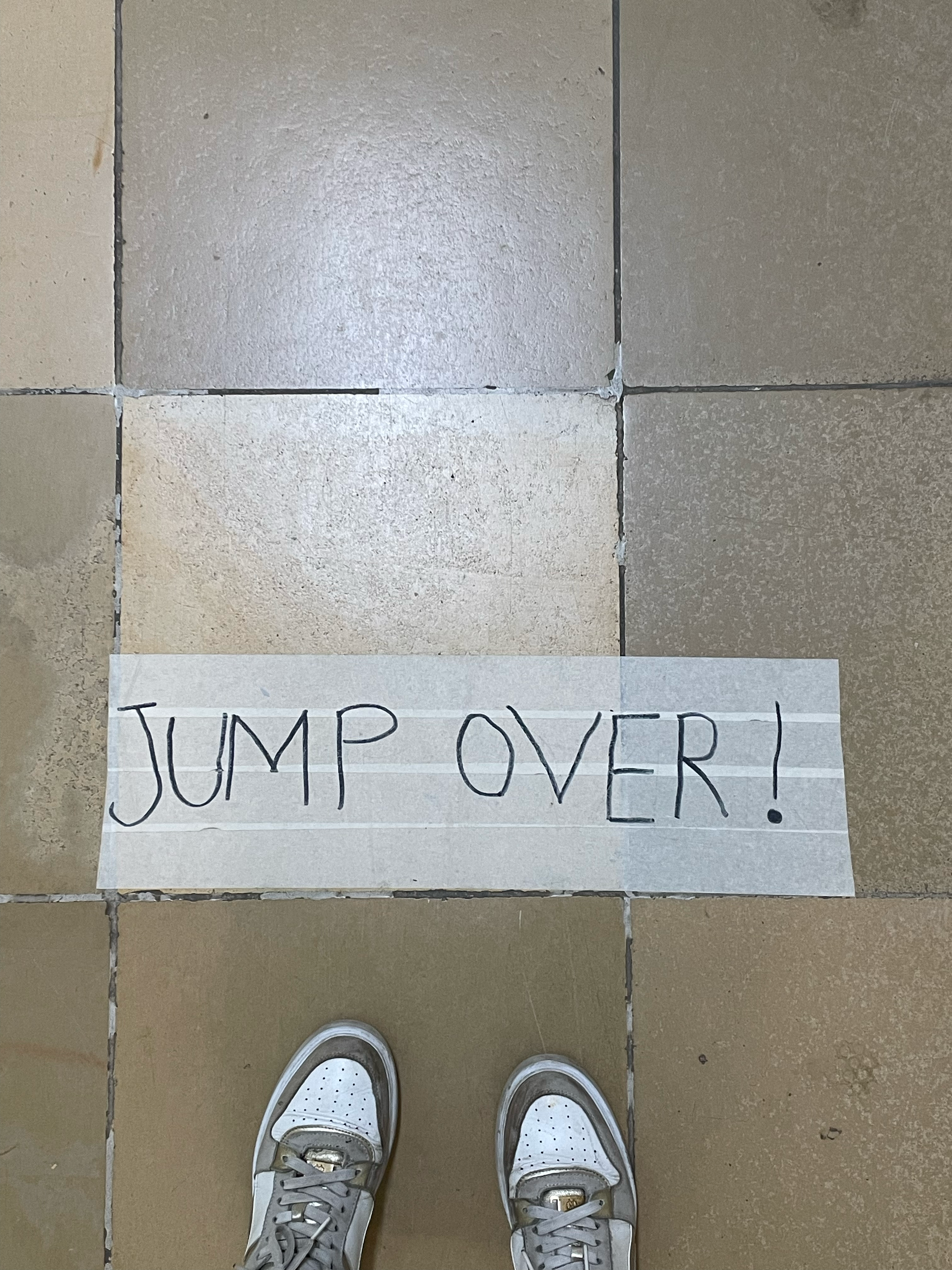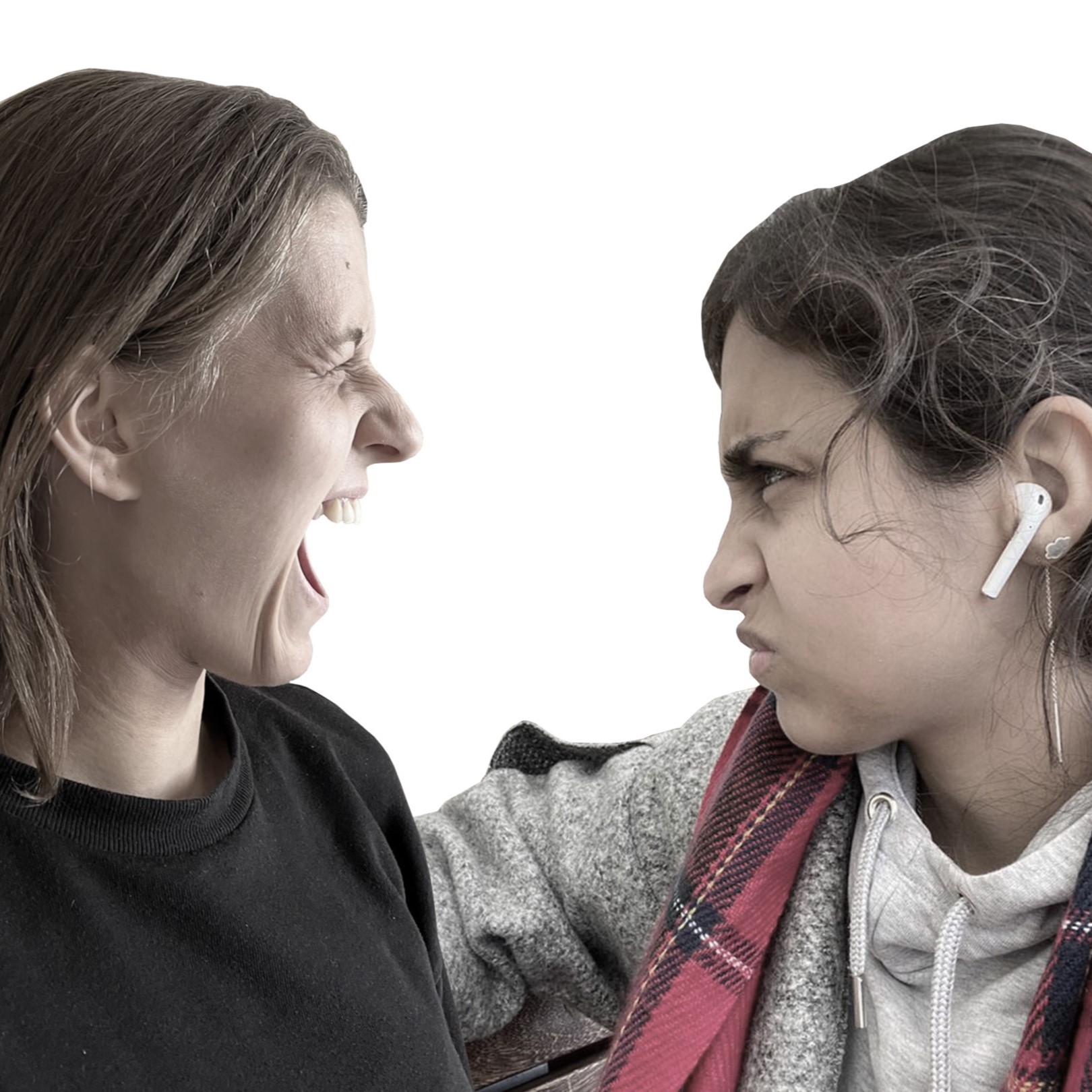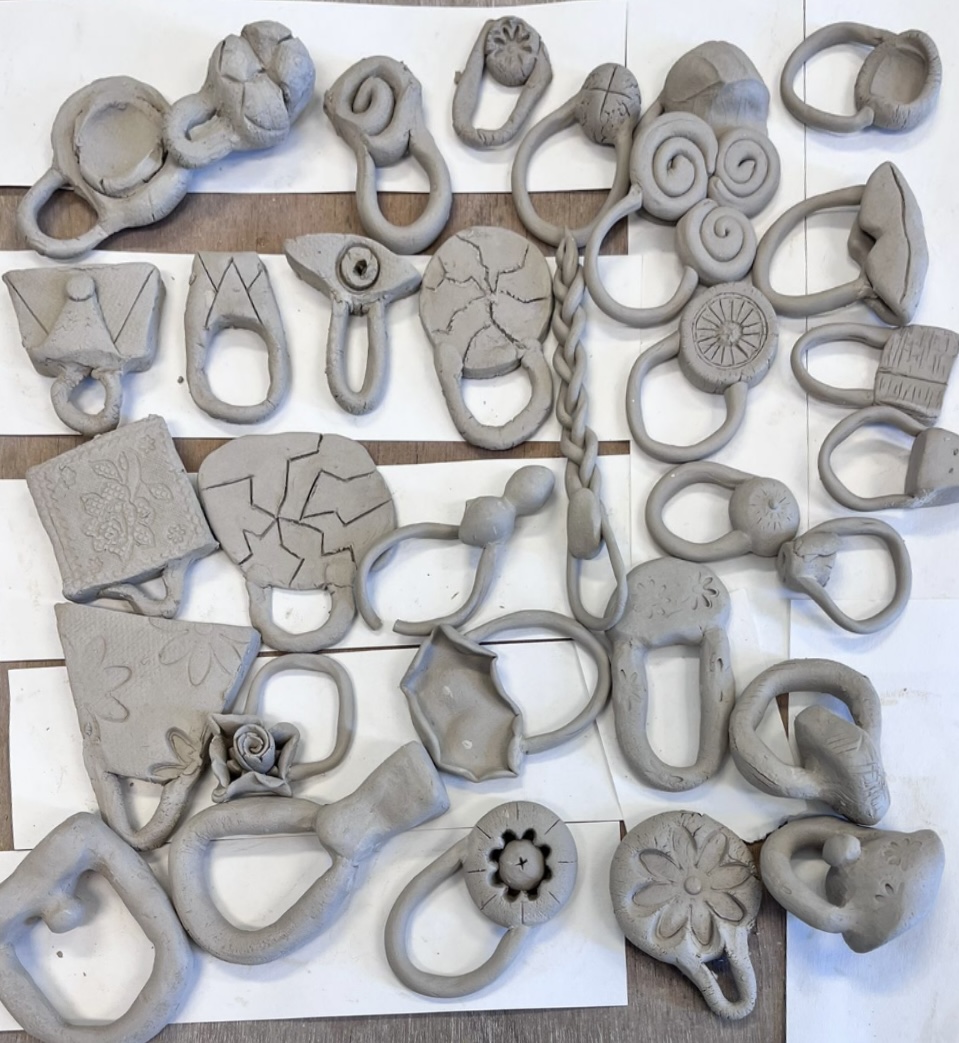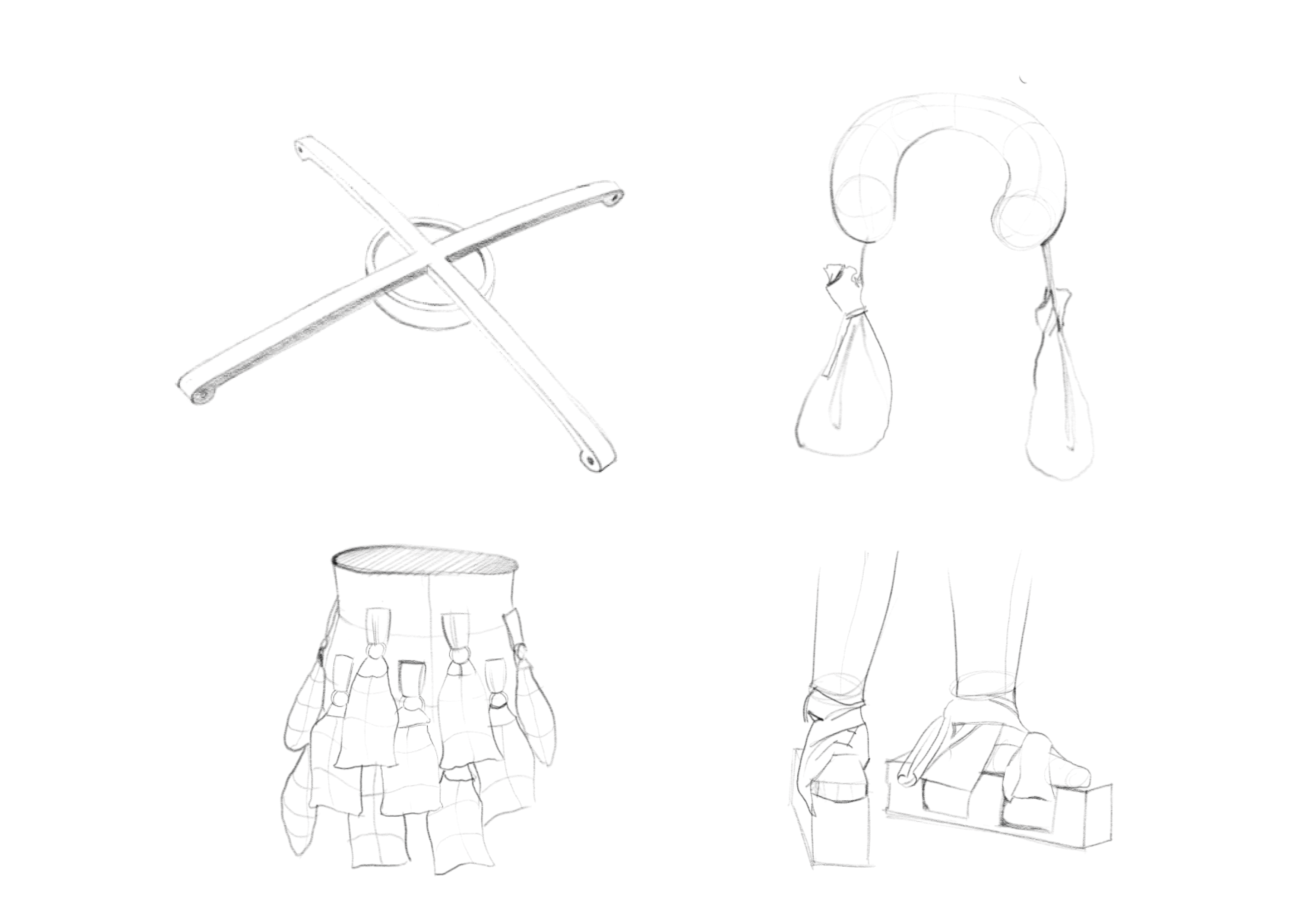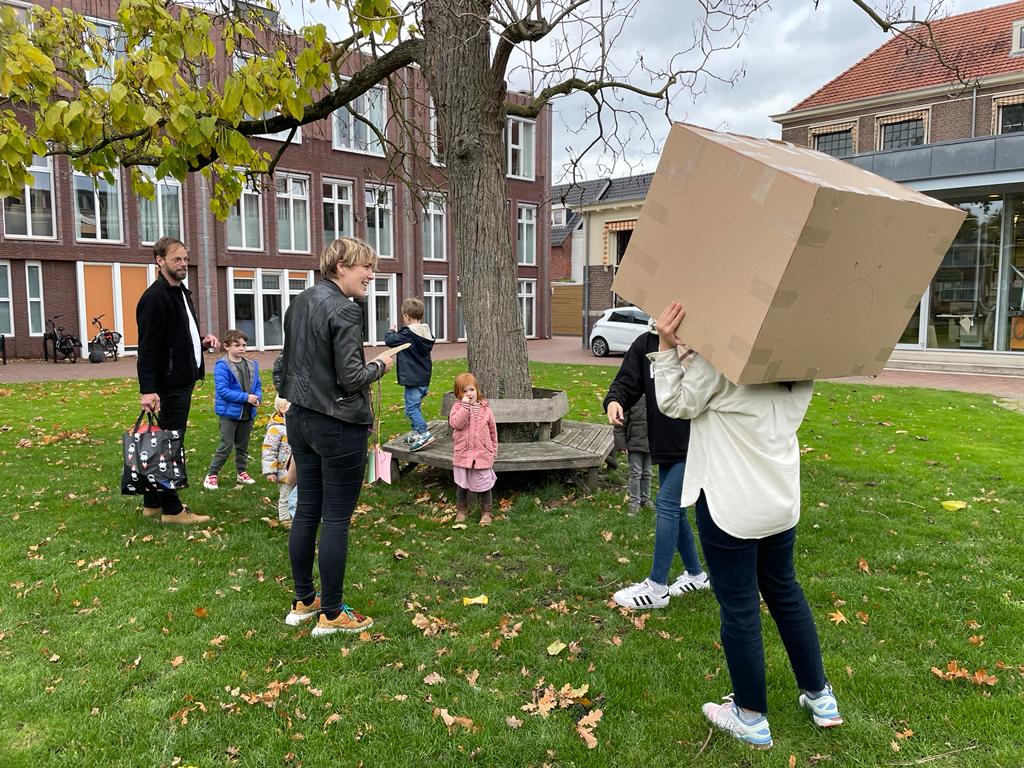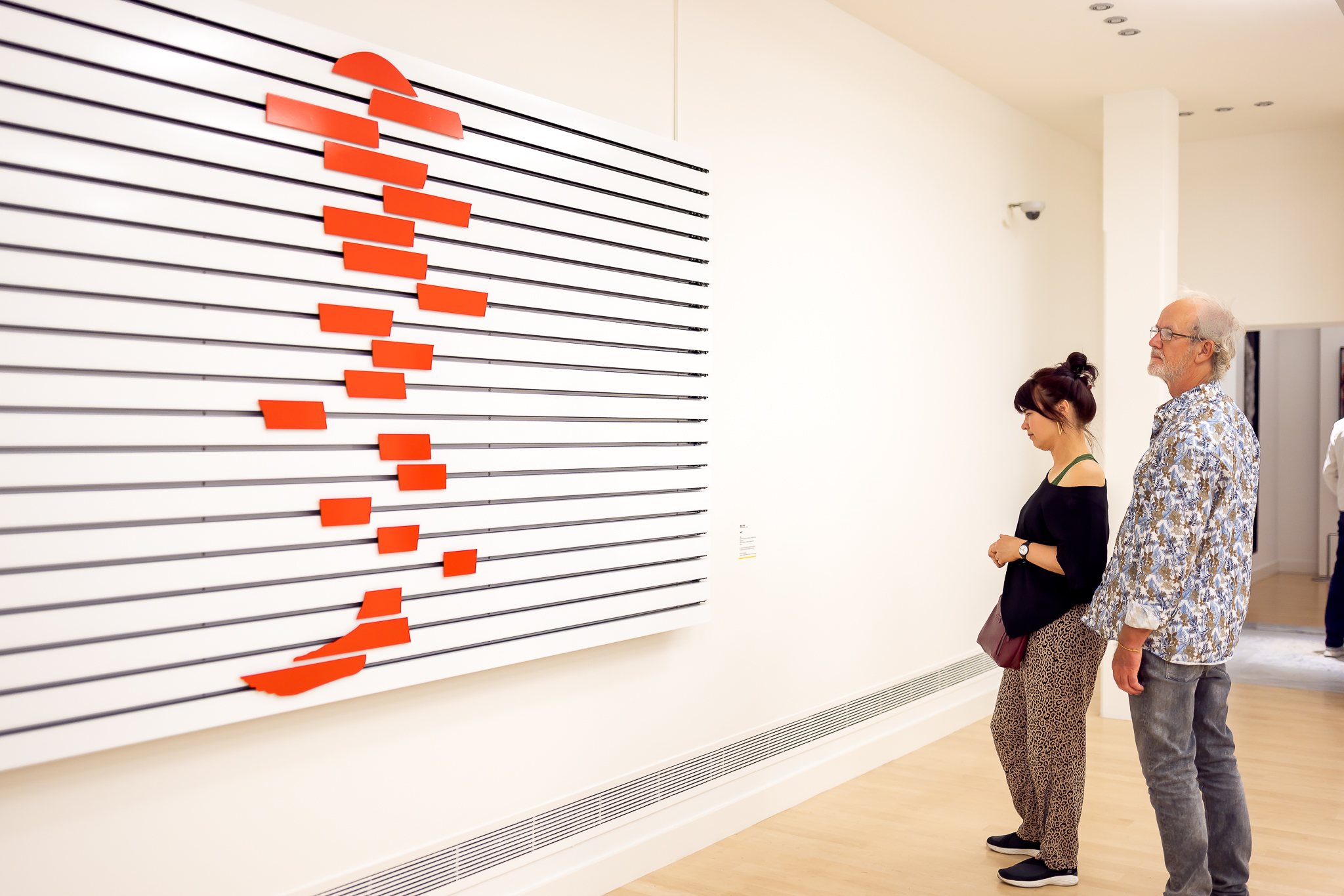Research question
How are people’s behaviours influenced by the distance or the space size?
-
Will obstacles in a place make the movement different?
-
Does different amount of people will make the movement distinct?
Experiment
First iteration: through binding together the feet of the two researchers, the movement of the feet is limited. The chosen research area is an indoor hallway which can be viewed as a closed space with obstacles (e.g. the entrance). The experiment has been done multiple times, but with a different number of people bound together, to find out the step difference, pace difference, route changes and avoiding additional body touch.
Findings
Whether it is because of the not close relationship so keeping distance on purpose, which is an unconscious behaviour, or due to the natural distance of people which is known as conscious behaviour.
Research question
Do the different limited body parts make the movements different?
Experiment
This experiment is the comparison of iteration 1.
During the procedure, we added connections of body parts that helped the movement become smoother, then gradually added more limited body parts, such as hands limitation, feet limitation and arms around shoulders. With different numbers of participants each time, walking in open space.
Findings
Routes remain the same. Hands limitation does not matter. Starting feet is important. Adding connections by arms around shoulders make walking easier
Research question
Does limited area make the movement different?
Experiment
This experiment is the comparison of iteration 2.
During the procedure, we remained the condition of hands limitation. With different numbers of participants each time, cooperate to do a dish in a limited area.
Findings
Changing the content of the activities does not help to find out the questions, because the results are sort of predictable before doing the experiments.

